10 Best Adventures of 1986
By:
February 22, 2020
Thirty-four years ago, the following 10 adventures from the Eighties (1984–1993) were first serialized or published in book form. They’re my favorite adventures published that year.
Please let me know if I’ve missed any adventures from this year that you particularly admire. Enjoy!
- Chester Brown‘s picaresque graphic novel Ed the Happy Clown (serialized 1986–1989). Chet, a janitor, loses his hand. Ed the Happy Clown, having just been punched in the face by a punk rocker, finds the hand under his pillow; he’s arrested, and his head is shaved. A man who can’t stop defecating causes the jail to burst open, and Ed escapes. Chet’s religious mania leads him to murder his sexy lover, Josie; Ed is beaten up by the punk, again, and abandoned in the woods… near Josie’s body. Ooga-booga-speaking pygmies, who live in the sewer system, retrieve both bodies (for food), at which point they discover that the tip of Ed’s penis has been replaced by the head of Ronald Reagan. As they prepared to sever Ed’s penis, Josie comes back from the dead and rescues him; via a flashback, we learn that she has become a vampire! Back in Dimension X, it turns out that scientists have been pouring fecal matter through a dimensional hole… which, as we know, led to the shitting man’s asshole. But then (their) Reagan falls into the fecal matter, which is how his head ends up on Ed’s penis. Ed and Josie escape from a laboratory and take it on the lam…. A bizarre, hilarious, vile adventure. Fun facts: Ed the Happy Clown began in 1982, as an experiment in spontaneous creation; there was no script.In 1983, Brown began self-publishing the strip in his Yummy Fur minicomic. In 1986–1987, Vortex comics reprinted the seven issues of Yummy Fur, at which point Brown began to think of Ed the Happy Clown as a graphic novel. Drawn & Quarterly published a definitive, annotated edition in 2012.
- Alan Moore and Dave Gibbons’s graphic novel Watchmen (serialized 1986–1987). In an alternate-history version of the present day, nearly all freelance costumed vigilantes have been outlawed; so the superheroes who’d emerged from the 1940s through the 1960s are now dead or retired. However, when Edward Blake, a right-wing, gun-toting Vietnam vet and paramilitary agent, is murdered, one of his former comrades — the ruthless crime-fighter Rorschach, who is the only remaining active masked vigilante — begins an investigation. Against a backdrop of impending nuclear war between the US and the USSR, Rorshach’s efforts bring Nite Owl, Rorschach’s former crime-fighting partner, and Silk Spectre. Though flashbacks, we learn the sometimes sordid history of the Minutemen, a 1940s superhero group whose number included Captain Metropolis, the original Silk Spectre, Hooded Justice, the original Nite Owl, Silhouette, Dollar Bill, Mothman, and The Comedian; and we learn about the origin of Dr. Manhattan, the only truly superhuman character in the story — whose godlike powers, and ability to perceive time in a non-linear fashion, causes him to grow increasingly detached from human affairs. Slowly it becomes evident that the former hero known as Ozymandias (Adrian Veidt), known as “the smartest man on the planet,” is up to something that may change the course of history… but for better or worse? Moore and Gibbons rely heavily on synchronicity, coincidence, and repeated imagery to create an atmosphere of paranoia, nostalgia, and cosmic awe… and it’s also a thrilling mystery. Fun facts: Moore’s original idea used superhero characters that DC had acquired from Charlton Comics. Watchmen, which has been called one of the best and most influential graphic novels of all time, was adapted as an OK 2009 movie and a 2019–2020 TV show that, so far, is pretty great.
- Larry Hancock and Michael Cherkas’s sci-fi mystery comic The Silent Invasion (1986–1988). This 12-issue series, written by Larry Hancock and drawn — in stylized black and white — by Michael Cherkas, begins in 1952. It’s set in the fictional Union City. FBI agent Phil Housley is assigned to investigate the disappearance of private investigator Dick Mallett; dissolute but stubborn journalist Matt Sinkage, meanwhile, has become obsessed with UFOs after a close encounter. Sinkage’s new neighbor, Ivan Kalashnikov, seems suspicious. The comic portrays the era as a time of conspircacy and paranoia; nobody knows who to trust. Also, we’re never sure whether or not Sinkage is onto a real UFO story, or if he’s deluded. When Kalashnikov’s secretary bursts into his apartment, chased by threatening men, Sinkage takes her to his brother’s place in the country — why? By the middle of the series, Sinkage has been accused of being a communist; he’s moved to a small town; and he’s discovered that his girlfriend isn’t what she seemed. Phil Housley, now a private eye himself, shows up unexpectedly. And an old lady is hosting a UFO-centric community/cult on her farm property… what’s going on? Things get really twisted, by the end. Fun facts: Hancock and Cherkas would revisit 1950s America in Suburban Nightmares, a series of shorter stories.
- John le Carré’s espionage adventure A Perfect Spy. Magnus Pym, a debonair career officer of British Intelligence, disappears — along with important intel — after attending his father’s funeral. As his mentor and friend Jack Brotherhood leads the search for him, it becomes apparent that Pym was a double agent — a spy for the Czechoslovak secret service. Through flashbacks, as well as through the missing spy’s memoir, written to explain to his family and friends why he betrayed his country, we learn that Pym was a “perfect spy” because he never had an authentic persona. Under the influence of his father Rick, a charismatic but narcissistic con artist, Magnus learned to adapt to whatever context he found himself in. We meet Pym’s friend, the Czech spy Axel, as well as various double agents and ex-lovers; but this is much more than an espionage story. In fact, it’s a wry, partially autobiographical account of Le Carre’s (David Cornwell’s) own life, spent assisting his con artist father (Ronnie Cornwell) in postwr Britain, spying on Oxford college Communists for the MI5, and so forth. In a milieu in which everyone manipulated everyone else for strategic adventure, how does one develop something resembling a soul? This is the author’s cri de couer. Some readers will complain that this isn’t really a thriller; others, however, have described A Perfect Spy as “devastating.” Fun facts: Ronnie Cornwell has been described as an “epic con man of little education, immense charm, extravagant tastes, but no social values”. An associate of the Kray twins, he masqueraded as a successful entrepreneur, made and lost several fortunes, and was twice imprisoned for fraud. Philip Roth has called A Perfect Spy “the best English novel since the war.”
- Brian Jacques’s Redwall talking-animal adventure Redwall. When Redwall Abbey is surrounded by the army of the evil rat Cluny the Scourge, an inexperienced novice, the mouse Matthias, must embark upon a quest to locate the sword of Martin the Warrior — which, according to legend, is concealed somewhere within the abbey’s walls. Methuselah, Redwall’s grizzled historian, helps Matthias follow clues… until he’s killed by Chickenhound, a thieving fox. It seems that the sword was long ago stolen from its hiding place by the Sparras, a violent tribe of sparrows living on the abbey’s roof; and Asmodeus Poisonteeth, a poisonous adder who dwells in Mossflower Wood, subsequently stole it from them. Accompanied by Log-a-Log, a shrew, and the Sparra queen Warbeak, Matthias courageously heads into Asmodeus’s lair. Meanwhile, Cluny’s horde invades Redwall — all seems lost! Can Matthias, the Mossflower shrews, and the Sparra tribe not only release the captive Redwall population, battle against Cluny’s minions, and also deal with the ferocious rat? Will the abbey ever return to its peaceful focus on delicious meals — including Vegetable Casserole à La Foremole, Brockhall Badger Carrot Cakes, Squirrelmum’s Blackberry and Apple Cake, and Hare’s Haversack Crumble? Fun facts: Jacques would also write Mossflower (1988), Mattimeo (1989), and 20 other Redwall novels. A 1999–2002 animated series — adapting Redwall, Mattimeo, and Martin the Warrior — was a favorite with my children. Elsewhere, I’ve noted the similarity between the first Redwall installment and R. Macherot’s 1966 comic Sibyl-Anne Vs. Ratticus.
- William Gibson‘s Sprawl adventure Count Zero (1986). Several years after the events of Gibson’s debut novel, Neuromancer, Bobby Newmark, a small-time computer hacker who calls himself “Count Zero,” uses an unknown piece of software to infiltrate a closely guarded data defense network. Bobby is rescued from certain death by an angelic being (who turns out to be the young daughter of Christopher Mitchell, a brilliant researcher and bio-hacker); and after a brutal mugging, he is taken in by a group fascinated by what appear to be voodoo gods suddenly proliferating in the Matrix — the synergistic linked computer database that encompasses all information on Earth. Meanwhile, Turner, a corporate mercenary soldier, gets caught up in a violent battle for control — by the multinational corporations Maas Biolabs and Hosaka — over Mitchell’s biochip technology, which is superior to silicon microprocessors. (We’ll discover that Mitchell was led to develop the biochip by the “voodoo gods” of the Matrix; which reminds me of Philip K. Dick’s Radio Free Albemuth.) Turner ends up on the run with Mitchell’s daughter, who carries with her the “biosoft” secret… which not only Maas Biolabs and Hosaka, but an immortality-seeking multibillionaire will stop at nothing to secure. The final showdown, between the various forces at odds in this collaged, meta-textual, action-packed novel, takes place in the Sprawl, a Judge Dredd-like urban environment that extends along much of America’s East coast. Fun facts: Count Zero was serialized by Isaac Asimov’s Science Fiction Magazine in 1986, and published in book form the same year. The third and final installment in the Sprawl triology is Mona Lisa Overdrive (1988).
- Mark Marek’s comic Hercules Amongst the North Americans (serialized 1984–1986; as a book, 1986). Those of us who read National Lampoon and High Times in c. 1985 will remember coming across Marek’s “New Wave” (scratchy, demented) Hercules comic — “the strangest, bravest comic on earth” — there. The gag is simple: Somehow Hercules, son of Zeus and a mortal woman, greatest of the Greek heroes, and a paragon of masculinity, finds himself in the present-day USA. Marek’s anachronistic, episodic comic is pitch-perfect: Each episode is narrated in a highbrow, mythopoetic voice (“A band of evil wood sprites, sent from the underworld, makes off with the radio”) that’s constantly subverted by the lowbrow cretins with whom Hercules must deal (“Yo, bro, check out dis box”). Long before Pixar squeezed Mr. Incredible into an office cubicle, Marek’s Hercules, clad in a toga and lion-skin, was shown valiantly seeking an apartment, attempting to make a living at various jobs, shopping, attending a rock show, and dating. Like the Irish hero Oisín, who (in Yeats’s 1889 epic poem) returns from a 300-year sojourn in the isles of Faerie only to discover his countrymen grown weak and small-minded, Hercules isn’t cut out for our enfeebled world. Ever on the lookout for a challenge worthy of his skills, he seizes upon any opportunity to flex his mighty sinews, and unlimber his sword. Those of us who have studied the classics can attest that this is exactly how Hercules behaved — even during his own time. Along with Gary Panter’s Jimbo, one of my very favorite comics of the Eighties. Fun facts: In addition to making comics (check out 1983’s Mark Marek’s New Wave Comics, if you can find it), Marek illustrated albums for Cyndi Lauper and the Rolling Stones; he was lead animator for MTV2’s Crank Yankers and Adult Swim’s Saul of the Mole Men; he animated and directed episodes of KaBlam!, Teen Titans Go!, and Right Now Kapow; and he was lead animator of the 2010–2013 animated TV version of Mad.
- Patrick O’Brian’s Aubrey-Maturin historical adventure The Reverse of the Medal. The eleventh Aubrey-Maturin installment takes place, not on the high seas but on dry land. Jack Aubrey, having returned from the adventures related in The Far Side of the World (1984), has lost a fortune through bad investments in horses and mining. Back in England, he acts on tips from a man he meets in a tavern, regarding the coming of peace between England and France — in an effort to recoup his losses on the Stock Exchange. What’s worse, he lets his politician father and others in on the action. As a result, he’s hauled into court on charges of manipulating the market; the trial is rigged by his father’s political enemies. Not only does Aubrey face a jail sentence and disgrace, but he may lose his ship, the Surprise, and crew. Stephen Maturin, who’s simultaneously trying to uncover a Bonapartist mole in the Admiralty, and who discovers that he’s recently inherited a fortune, comes to his friend’s rescue. The scene in which seamen show their support for the humiliated Aubrey is a touching one. Fun facts: In respect to the internal chronology of the series, this is the fifth of eleven installments. O’Brian based his account of the stock exchange fraud, and many of the details of Aubrey’s trial, on the Great Stock Exchange Fraud of 1814. The Far Side of the World was adapted in 2003 as Master and Commander: The Far Side of the World; The Reverse of the Medal should have been adapted next.
- Frank Miller‘s graphic novel The Dark Knight Returns (serialized 1986; illustrated by Miller and Klaus Janson, colored by Lynn Varley). Batman first appeared, in 1939, as a grim avenger who punishes evildoers whom the law can’t touch; at the acme of the hardboiled Thirties (1934–1943), Batman was the hardboiled-est. However, once the Comics Code Authority was established, in 1954, Batman comics became whimsical, wacky, family-friendly even. Then DC’s Dick Giordano hired writer-artist Frank Miller — who’d transformed Marvel’s Daredevil and Wolverine into darker, more popular characters — to create The Dark Knight Returns. Inspired by the Clint Eastwood-directed Sudden Impact, in which Dirty Harry, now in his 50s and forced into semi-retirement, returns to work as a quasi-vigilante, the right-wing Miller reimagined Bruce Wayne as the antithesis of “truth, justice, and the American Way” Superman. In a dystopian, yet present-day Gotham City, a retired Wayne returns to action to stop, first, Two-Face, and second, a hyper-violent street gang known as the Mutants. He’s joined by Carrie Kelley, a young woman he’d rescued, who becomes the new Robin. The police issue an arrest warrant for Batman; worse, the Joker frames Batman for murder! When Batman mobilizes the disbanded Mutants as vigilantes on the side of justice, the US government orders Superman to apprehend him. Fun fact: First published as a four-part miniseries, The Dark Knight Returns, has been hailed as one of the greatest works in the comics medium. Its popularity, along with Watchmen, published by DC in 1986–1987, kicked off the era known as the Dark Age of Comic Books.
- Diana Wynne Jones’s Howl’s Moving Castle children’s fantasy adventure Howl’s Moving Castle. Diana Wynne Jones is the missing link between E. Nesbit and J.K. Rowling. That is to say, she’s brilliant at depicting a (British) world where magic intersects with the mundane in unexpected, amusing ways. In this story, a romance — between a spoiled, pretty-boy wizard and a feisty nonagenarian — she also channels Jane Austen. When teenaged Sophie, a timid small-town girl, is transformed by a curse into an elderly crone, it’s liberating: She leaves her dead-end job, not to mention the boring village of Market Chipping, and begins to stick up for herself… for example, by appointing herself housekeeper of the Wizard Howl’s castle. Howl is handsome, talented, lascivious and lazy, though ultimately kind-hearted; the door to his castle is a portal opening into different locations in the magical kingdom of Ingary… as well as into his hometown, in non-magical Wales. Sophie strikes a bargain with Howl’s fire-demon, Calcifer — who promises to return her to her original form, if she can break the demon’s contract with Howl. The contract’s main clause is a Nesbit-esque mystery… something that Sophie, who is meanwhile falling in love with the vain, impossible Howl, must puzzle out on her own. When a witch kidnaps a princeling, Sophie is lured into the witch’s trap… and the action literally heats up. Fun facts: Sequels to this novel include Castle in the Air (1990) and House of Many Ways (2008). In 2004, Hayao Miyazaki loosely adapted Howl’s Moving Castle as a terrific Japanese-language animated movie. One of the most successful Japanese films in history, there are those who prefer it to Wynne Jones’s book.

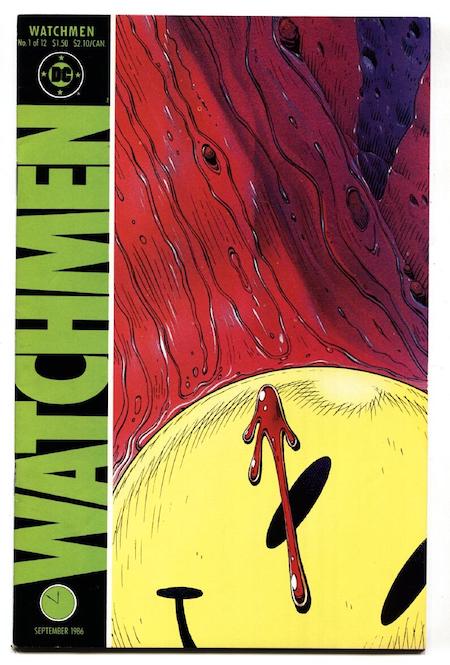
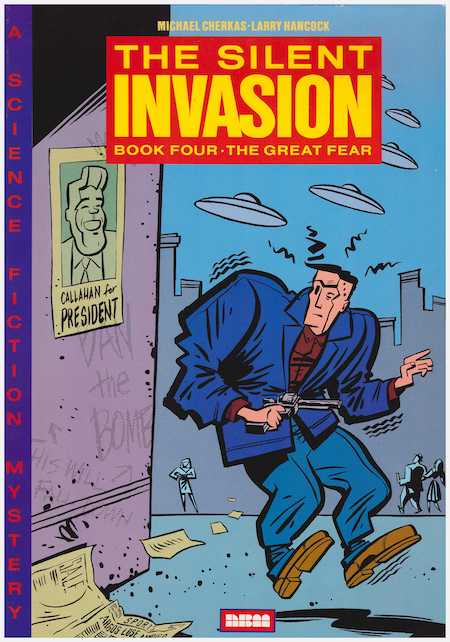

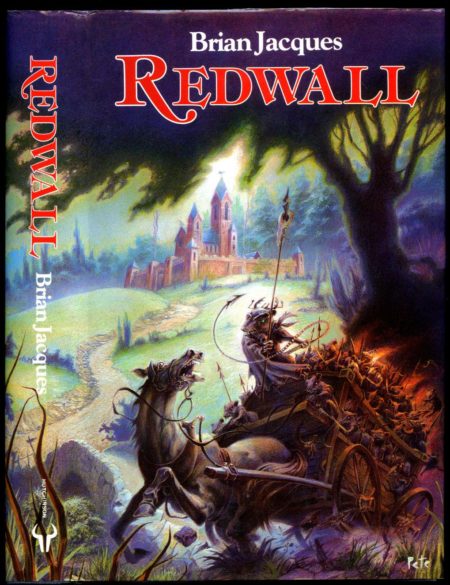
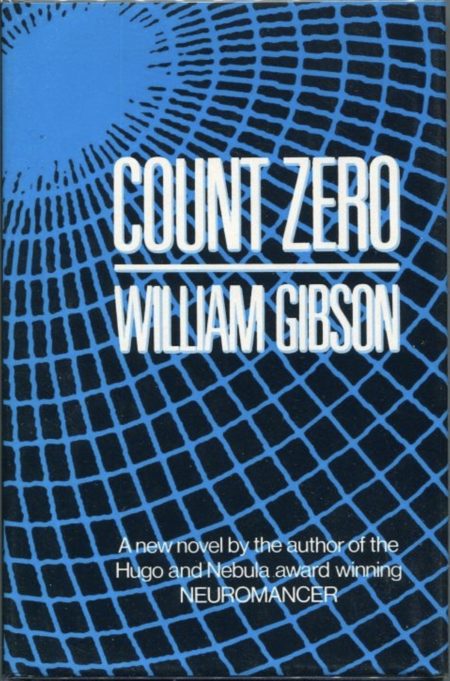
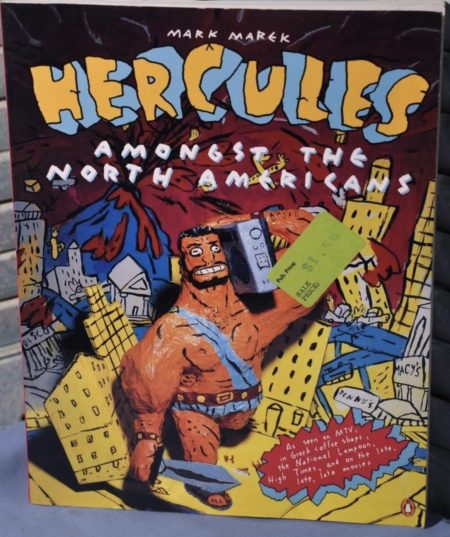
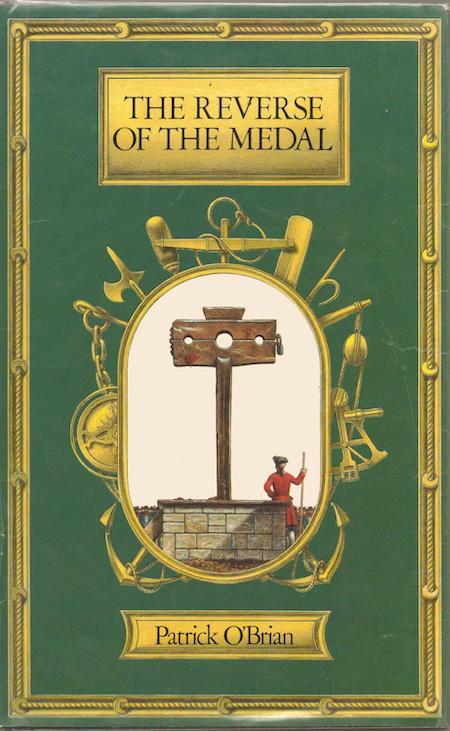
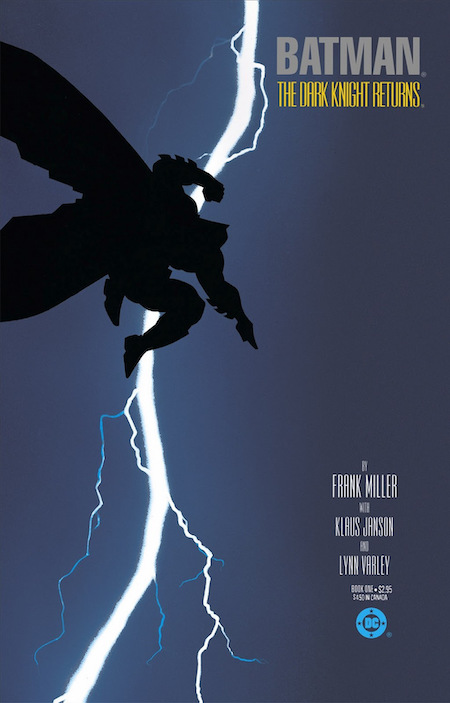
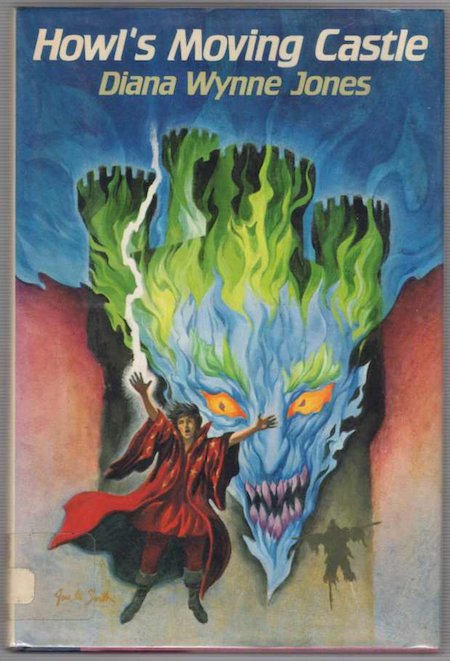
JOSH GLENN’S *BEST ADVENTURES* LISTS: BEST 250 ADVENTURES OF THE 20TH CENTURY | 100 BEST OUGHTS ADVENTURES | 100 BEST RADIUM AGE (PROTO-)SCI-FI ADVENTURES | 100 BEST TEENS ADVENTURES | 100 BEST TWENTIES ADVENTURES | 100 BEST THIRTIES ADVENTURES | 75 BEST GOLDEN AGE SCI-FI ADVENTURES | 100 BEST FORTIES ADVENTURES | 100 BEST FIFTIES ADVENTURES | 100 BEST SIXTIES ADVENTURES | 75 BEST NEW WAVE SCI FI ADVENTURES | 100 BEST SEVENTIES ADVENTURES | 100 BEST EIGHTIES ADVENTURES | 75 BEST DIAMOND AGE SCI-FI ADVENTURES | 100 BEST NINETIES ADVENTURES (in progress) | 1994 | 1995 | 1996 | 1997 | 1998 | 1999 | 2000 | 2001 | 2002 | 2003 | NOTES ON 21st-CENTURY ADVENTURES.
